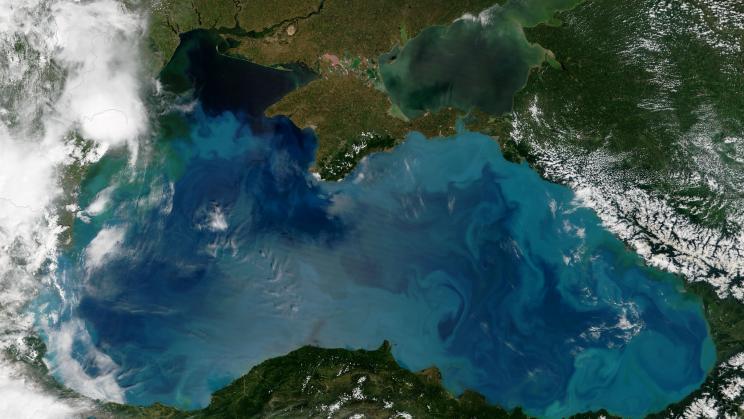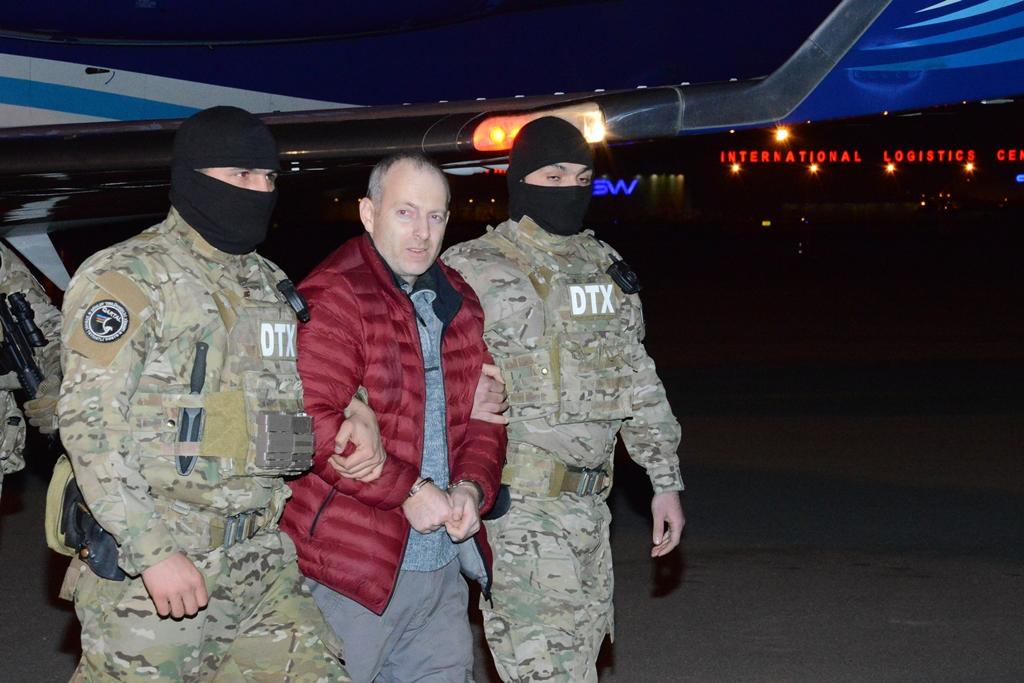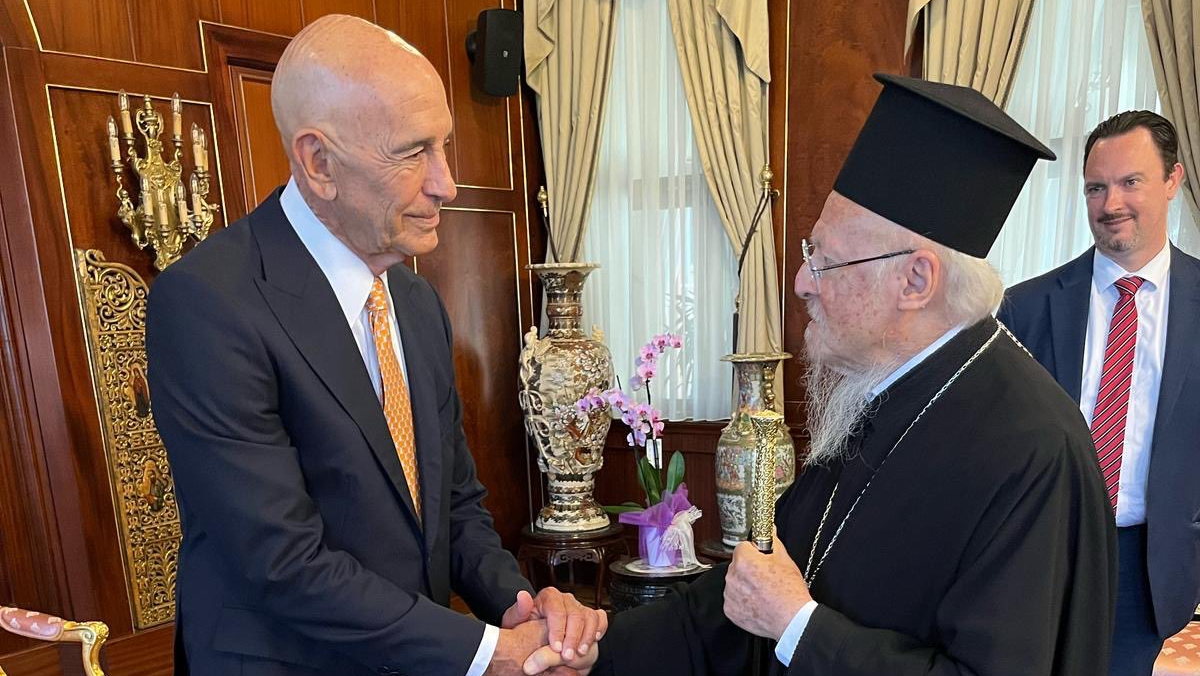D.L. PHILLIPS’S DIPLOMATIC HISTORY OF THE TURKEY-ARMENIA PROTOCOLS 2
Analysis No : 2013 / 2
Author : Ömer Engin LÜTEM
28.03.2013
4 min read
28 March 2012
Ömer Engin Lütem
In yesterday’s article we had mentioned David L. Phillips’s research entitled “Diplomatic History: The Turkey-Armenia Protocols” published on the internet on March 2’nd 2012, along with some activities of the Turkish-Armenian Reconciliation Commission he had helped to establish in 2001.
It could be seen that Phillips, who is generally mistrusted in Turkey due to these activities, is regarded in the US as some kind of a specialist within the field of Turkey-Armenia relations. Phillips writing the research mentioned above must be the result of this conviction.
In his research, Phillips explains the preparation and signing of the Turkey-Armenia Protocols. In order to do this, he conducted interviews with some Turkish, Armenian and American individuals and utilized some articles published on this subject. In the end, a text consisting of 128 pages has emerged. However, since Phillips explains the events chronologically rather than analytically, the research has become some kind of a pile of details. Therefore, those having essential knowledge of the Protocols have not been able to learn anything from Phillips’s research, while those not having any knowledge have disappeared in this sea of details. On the other hand, errors of facts, especially on some numbers, exist in his statements. Moreover, although the chapters such as “Freedom of Expression”, “Hrant Dink” and “Ergenekon” in this text carry some significance, generally these subjects have not had any influence on Turkey-Armenia relations and the Protocols in particular.
We believe that there are two points in Phillips’s research which draws attention. The first is the US’s attempts to implement the “Track Two” formula (the meetings held between the two countries’ non-governmental organizations or professional associations) for the normalization of Turkey-Armenia relations. The second is some proposals on what could be done next for the normalization of Turkey-Armenia relations.
Phillips indicates that opposite to the lack of contact between Turkey and Armenia on official level, the cooperation of non-governmental organizations of both countries continues and that most of the necessary financial aid for this is supplied by the US Government. According to him, 2.4 million has been allocated in the US Aid Mission in Yerevan while the US Embassy in Ankara has 2.3 million for this purpose. In a research published by TEPAV in January[1], it has been indicated that 47.3% of the Track Two activities have been financed by the US, but that this number is greater when considering that the US also contributes to the funds supplied by other sources. Some institutions of Germany, Sweden and Switzerland could be considered among the other countries. Which institution or individuals will attend the meetings from Turkey and Armenia will be determined by those providing financial aid. Since a significant amount of money exists, it could be understood that the number of those wanting to participate in these activities is quite high. However, Phillips mainly criticizes the activities organized by the US and addresses the lack of coordination between the embassies in Yerevan and Ankara, the lack of coordination among Armenian groups and also among Turkish groups, and the lack of coordination between Turkish and Armenian groups. Also based on the research of TEPAV mentioned above, the conclusion could be reached that the Armenian Groups are more financially supported.
In short, it could be understood that quite intensive contacts have taken place between Turkish and Armenian non-governmental organizations and professional associations especially through the initiatives of the US. It would have been expected for these contacts to have achieved some cooperation between the two countries in specific fields or at least to have promoted it. However, no such result has been observed. After the failure of official contacts between Turkey and Armenia, it is believed that the “Track Two” activities will have the same outcome.
(To be continued)
[1] Reflecting on the TWO Decades of Bridging the Divide: Taking Stock of Turkish-Armenian Civil Society Activities
© 2009-2025 Center for Eurasian Studies (AVİM) All Rights Reserved
No comments yet.
-
D.L. PHILLIPS’S DIPLOMATIC HISTORY OF THE TURKEY-ARMENIA PROTOCOLS (FULL TEXT)
Ömer Engin LÜTEM 02.04.2012 -
D.L. PHILLIPS’S DIPLOMATIC HISTORY OF THE TURKEY-ARMENIA PROTOCOLS
Ömer Engin LÜTEM 27.03.2012 -
D.L. PHILLIPS’S DIPLOMATIC HISTORY OF THE TURKEY-ARMENIA PROTOCOLS 3
Ömer Engin LÜTEM 29.03.2012 -
D.L. PHILLIPS’S DIPLOMATIC HISTORY OF THE TURKEY-ARMENIA PROTOCOLS 2
Ömer Engin LÜTEM 28.03.2013 -
D.L. PHILLIPS’S DIPLOMATIC HISTORY OF THE TURKEY-ARMENIA PROTOCOLS 4
Ömer Engin LÜTEM 30.03.2012
-
 POSSIBLE EFFECTS OF A RUSSIAN-CHINESE JOINT SWIFT SYSTEM ON THE EURASIAN ECONOMY AND THE WORLD TRADE SYSTEM
POSSIBLE EFFECTS OF A RUSSIAN-CHINESE JOINT SWIFT SYSTEM ON THE EURASIAN ECONOMY AND THE WORLD TRADE SYSTEM
Teoman Ertuğrul TULUN 23.12.2021 -
 RISKS AND OPPORTUNITIES REGARDING THE BLACK SEA SAFETY
RISKS AND OPPORTUNITIES REGARDING THE BLACK SEA SAFETY
Gözde KILIÇ YAŞIN 30.06.2022 -
 ALEXANDER LAPSHIN’S EXTRADITION TO AZERBAIJAN: A NEW EPISODE IN KARABAKH DISPUTE
ALEXANDER LAPSHIN’S EXTRADITION TO AZERBAIJAN: A NEW EPISODE IN KARABAKH DISPUTE
Turgut Kerem TUNCEL 21.02.2017 -
 THE HARMFUL EFFECTS OF THE POLITICIZATION OF THE FENER GREEK PATRIARCHATE
THE HARMFUL EFFECTS OF THE POLITICIZATION OF THE FENER GREEK PATRIARCHATE
Mehmet Oğuzhan TULUN 03.09.2025 -
 THE VISA OBSTACLE FOR TURKISH CITIZENS AND THE EU'S JUSTIFICATIONS
THE VISA OBSTACLE FOR TURKISH CITIZENS AND THE EU'S JUSTIFICATIONS
Hazel ÇAĞAN ELBİR 10.10.2024
-
25.01.2016
THE ARMENIAN QUESTION - BASIC KNOWLEDGE AND DOCUMENTATION -
12.06.2024
THE TRUTH WILL OUT -
27.03.2023
RADİKAL ERMENİ UNSURLARCA GERÇEKLEŞTİRİLEN MEZALİMLER VE VANDALİZM -
17.03.2023
PATRIOTISM PERVERTED -
23.02.2023
MEN ARE LIKE THAT -
03.02.2023
BAKÜ-TİFLİS-CEYHAN BORU HATTININ YAŞANAN TARİHİ -
16.12.2022
INTERNATIONAL SCHOLARS ON THE EVENTS OF 1915 -
07.12.2022
FAKE PHOTOS AND THE ARMENIAN PROPAGANDA -
07.12.2022
ERMENİ PROPAGANDASI VE SAHTE RESİMLER -
01.01.2022
A Letter From Japan - Strategically Mum: The Silence of the Armenians -
01.01.2022
Japonya'dan Bir Mektup - Stratejik Suskunluk: Ermenilerin Sessizliği -
03.06.2020
Anastas Mikoyan: Confessions of an Armenian Bolshevik -
08.04.2020
Sovyet Sonrası Ukrayna’da Devlet, Toplum ve Siyaset - Değişen Dinamikler, Dönüşen Kimlikler -
12.06.2018
Ermeni Sorunuyla İlgili İngiliz Belgeleri (1912-1923) - British Documents on Armenian Question (1912-1923) -
02.12.2016
Turkish-Russian Academics: A Historical Study on the Caucasus -
01.07.2016
Gürcistan'daki Müslüman Topluluklar: Azınlık Hakları, Kimlik, Siyaset -
10.03.2016
Armenian Diaspora: Diaspora, State and the Imagination of the Republic of Armenia -
24.01.2016
ERMENİ SORUNU - TEMEL BİLGİ VE BELGELER (2. BASKI)
Journals
-
AVİM Conference Hall 24.01.2023
CONFERENCE TITLED “HUNGARY’S PERSPECTIVES ON THE TURKIC WORLD"









